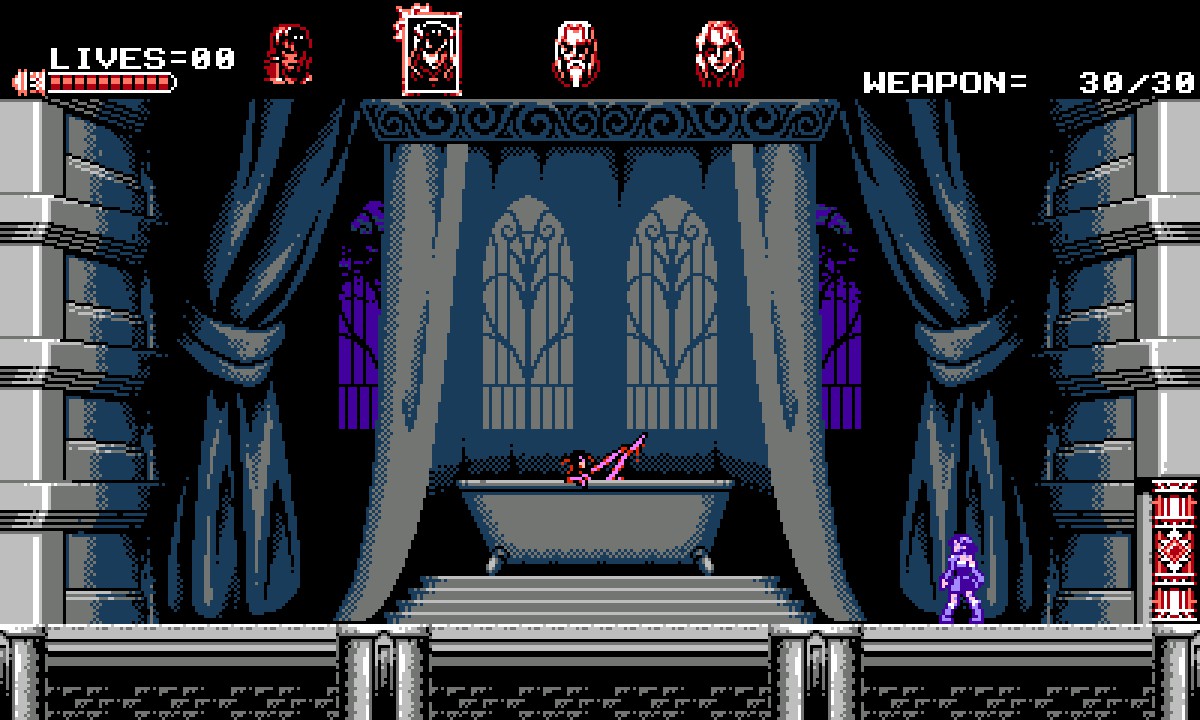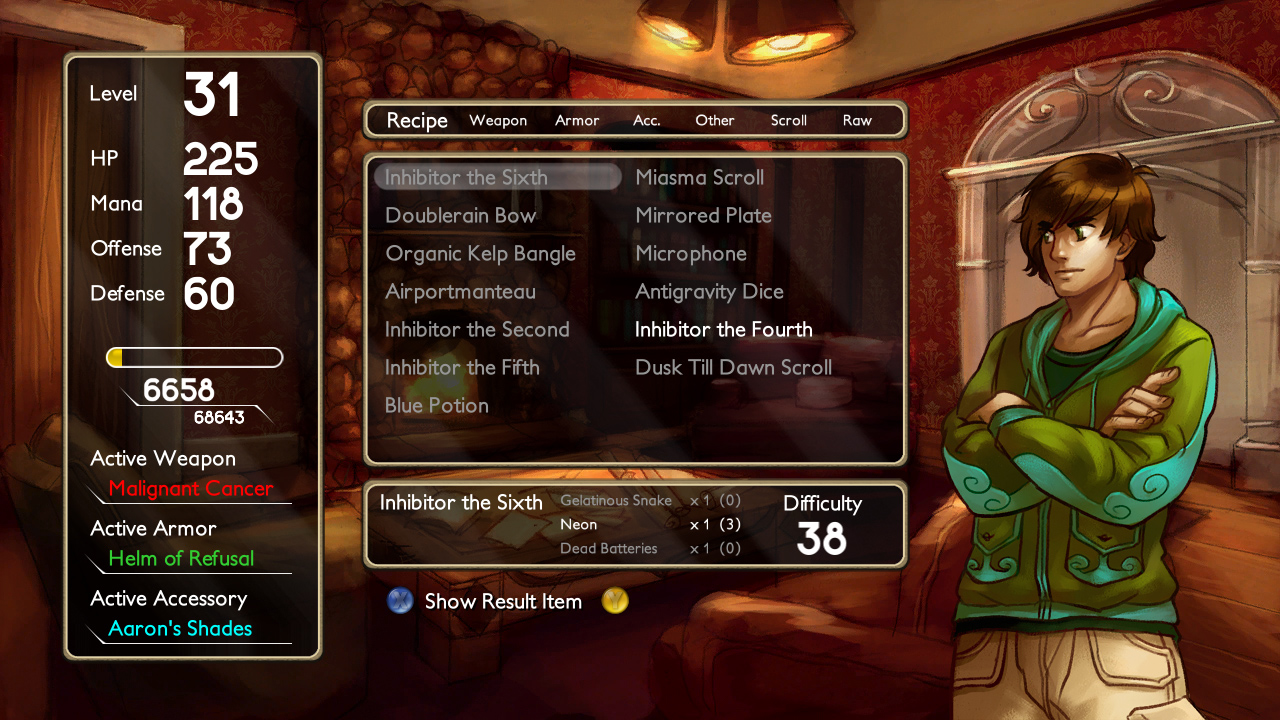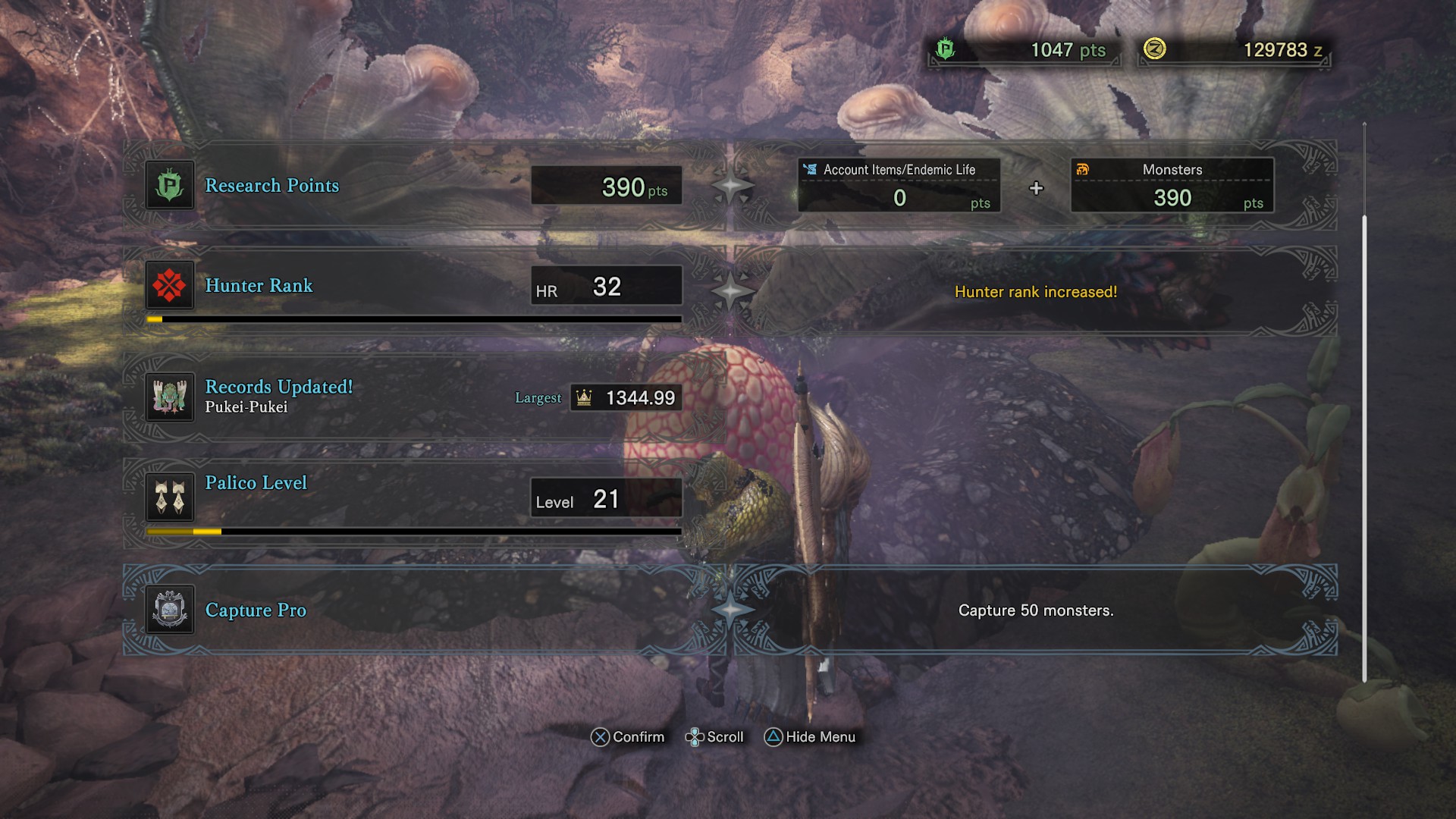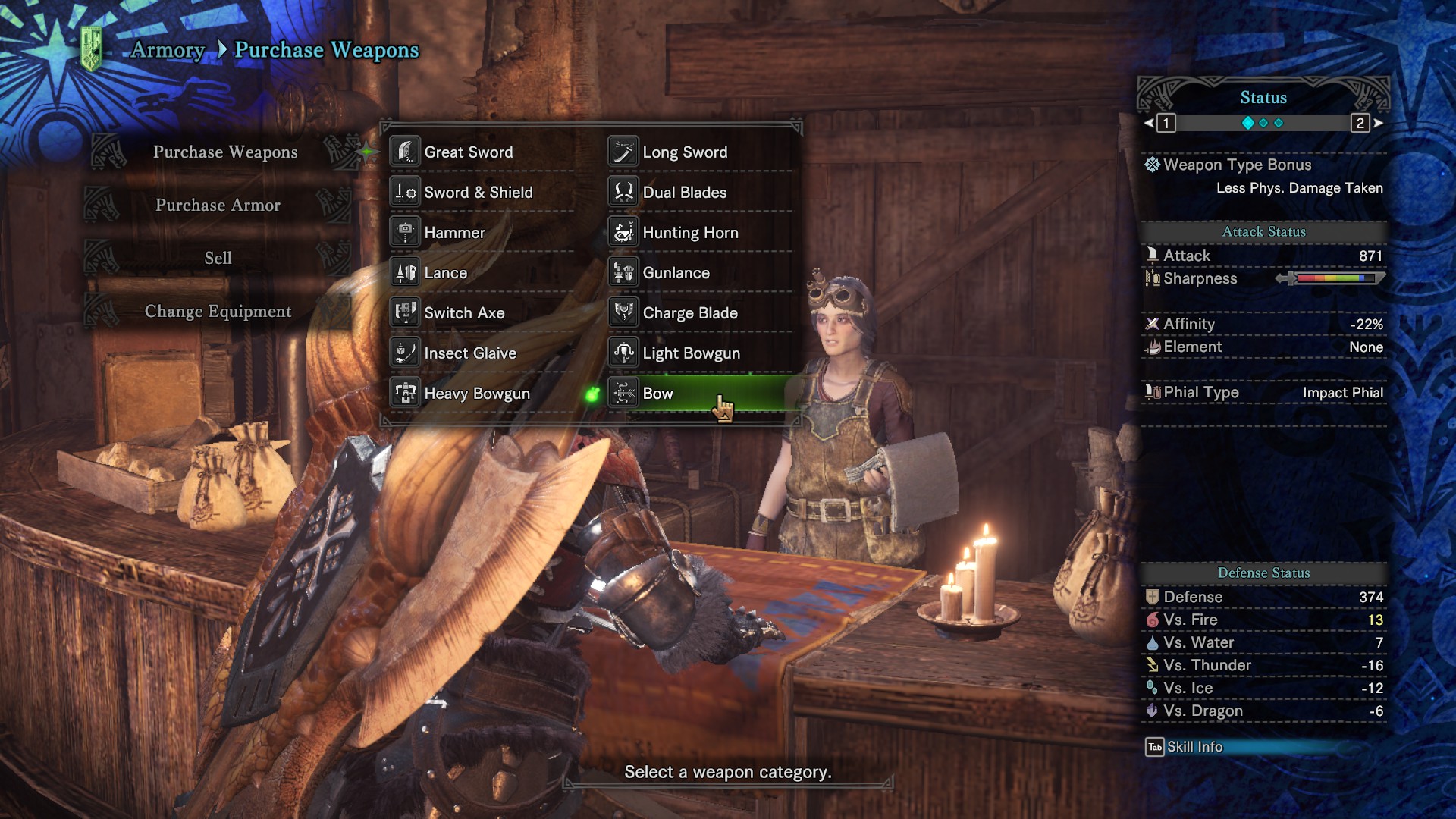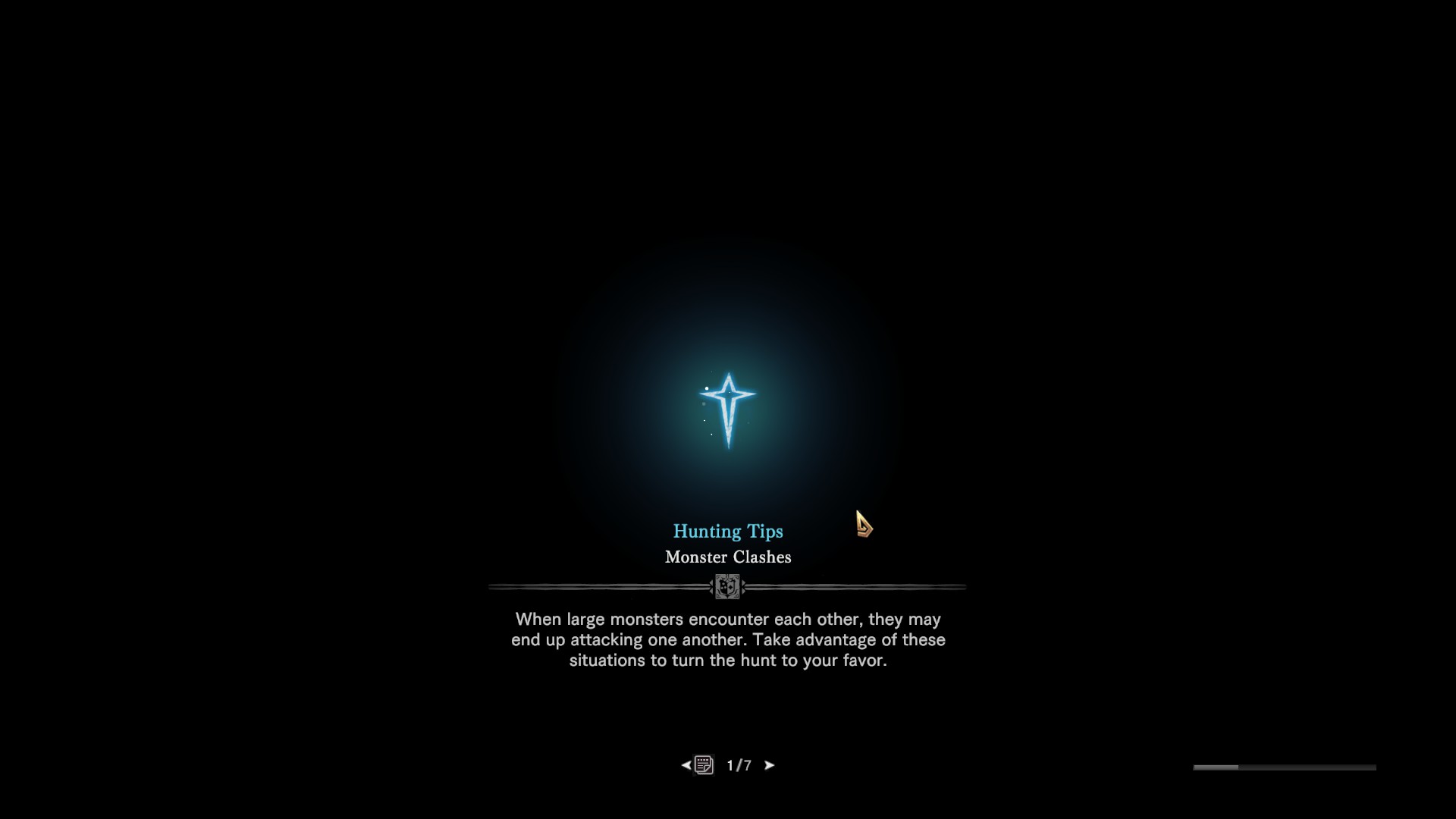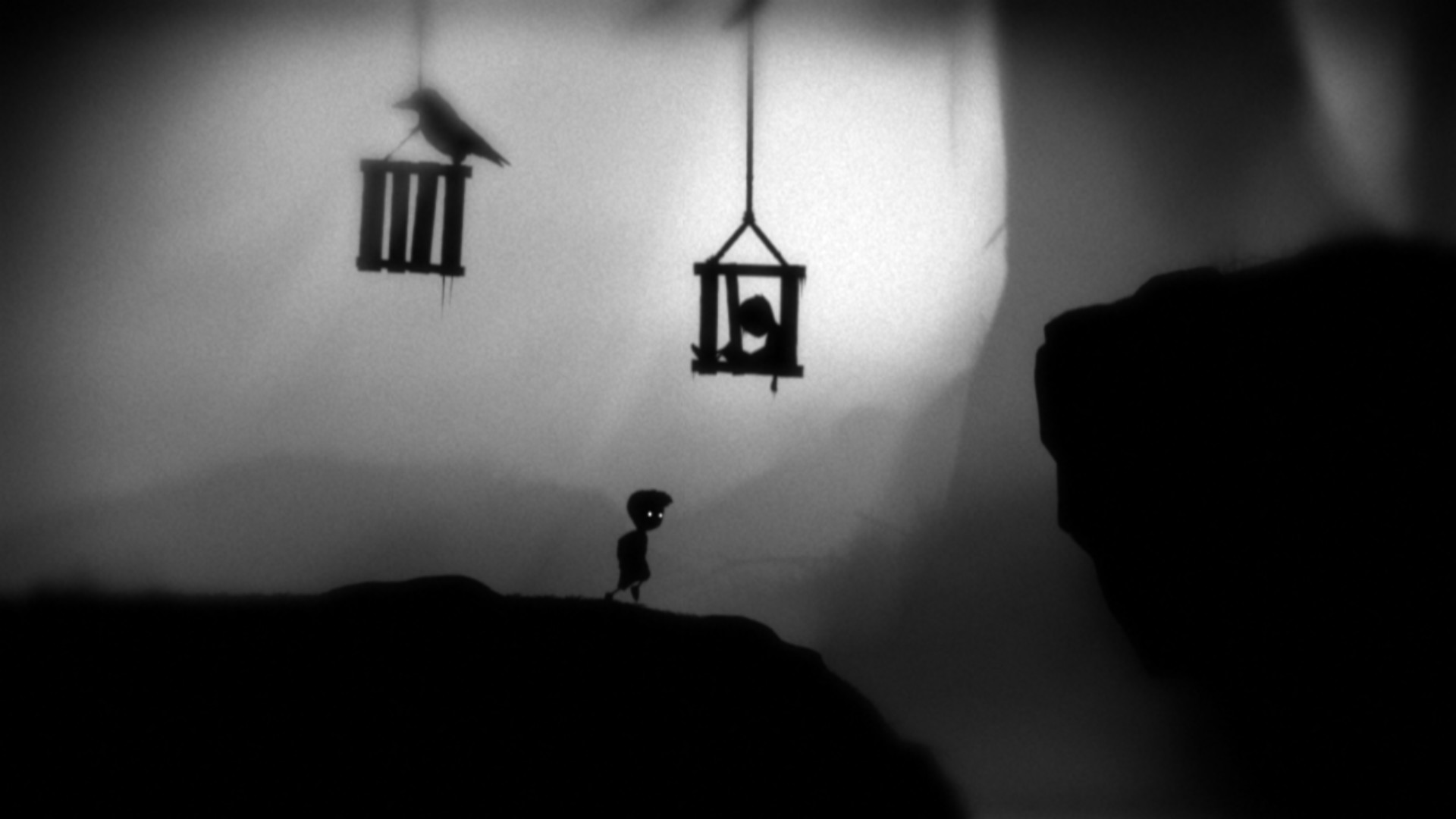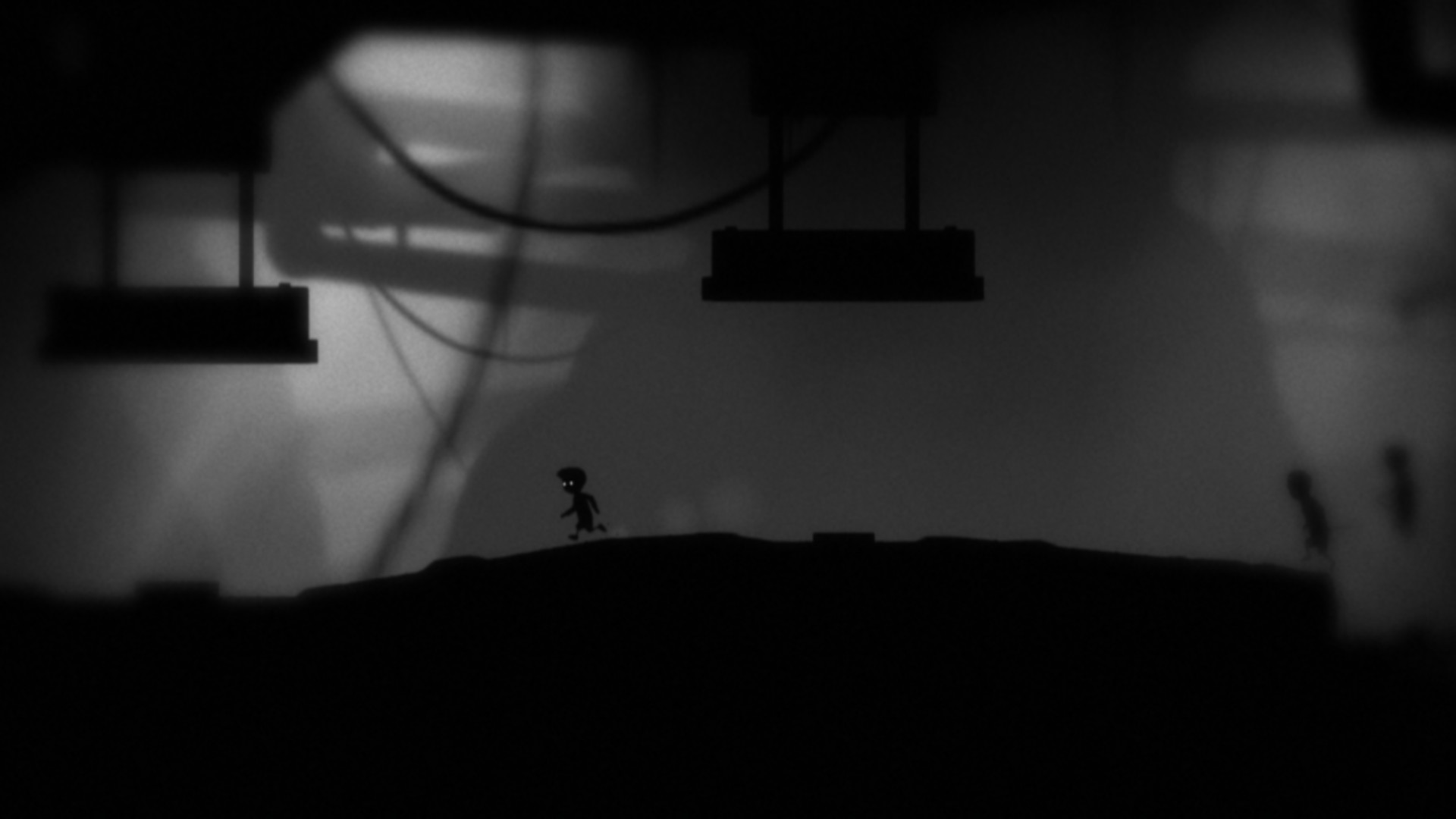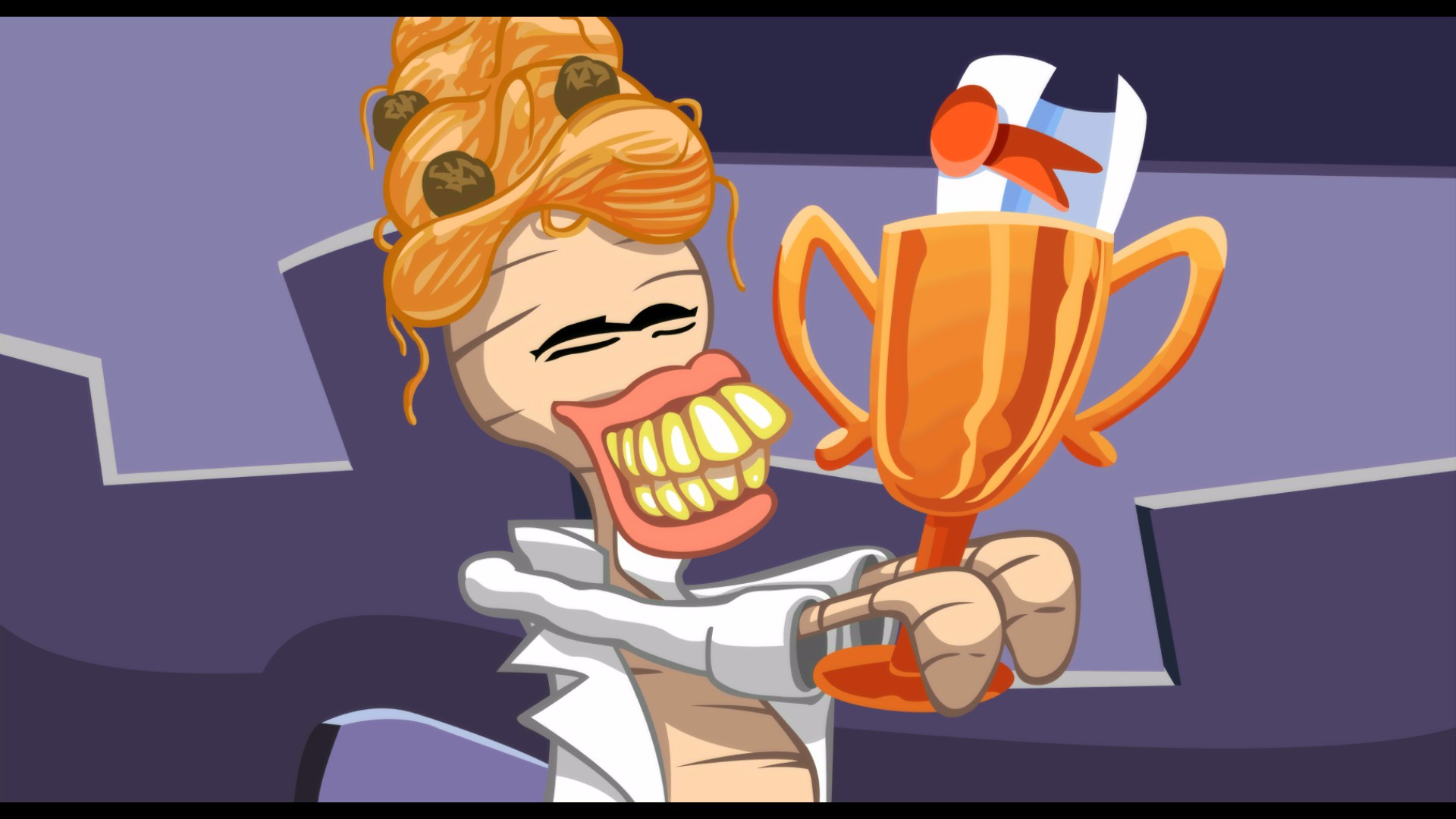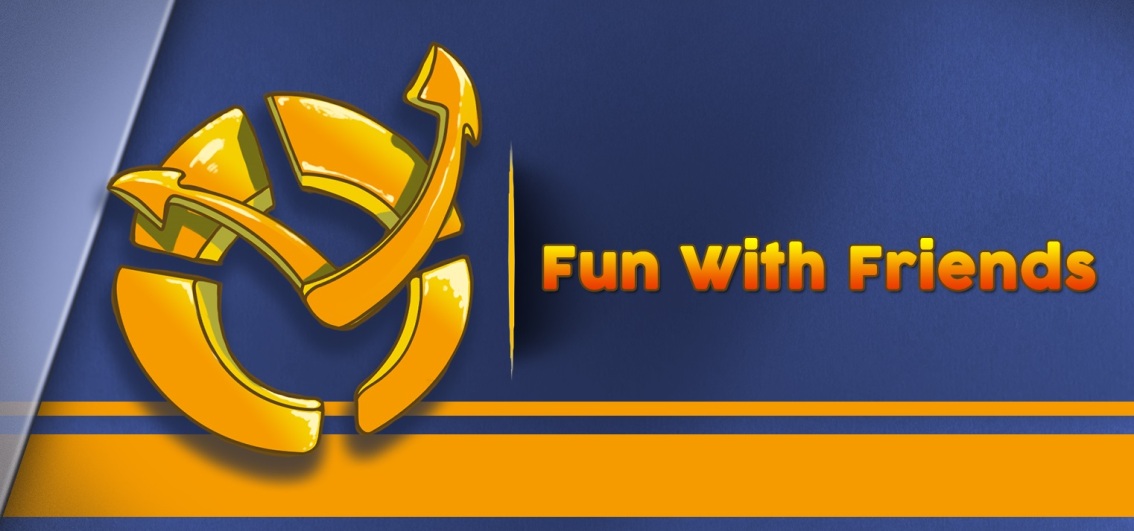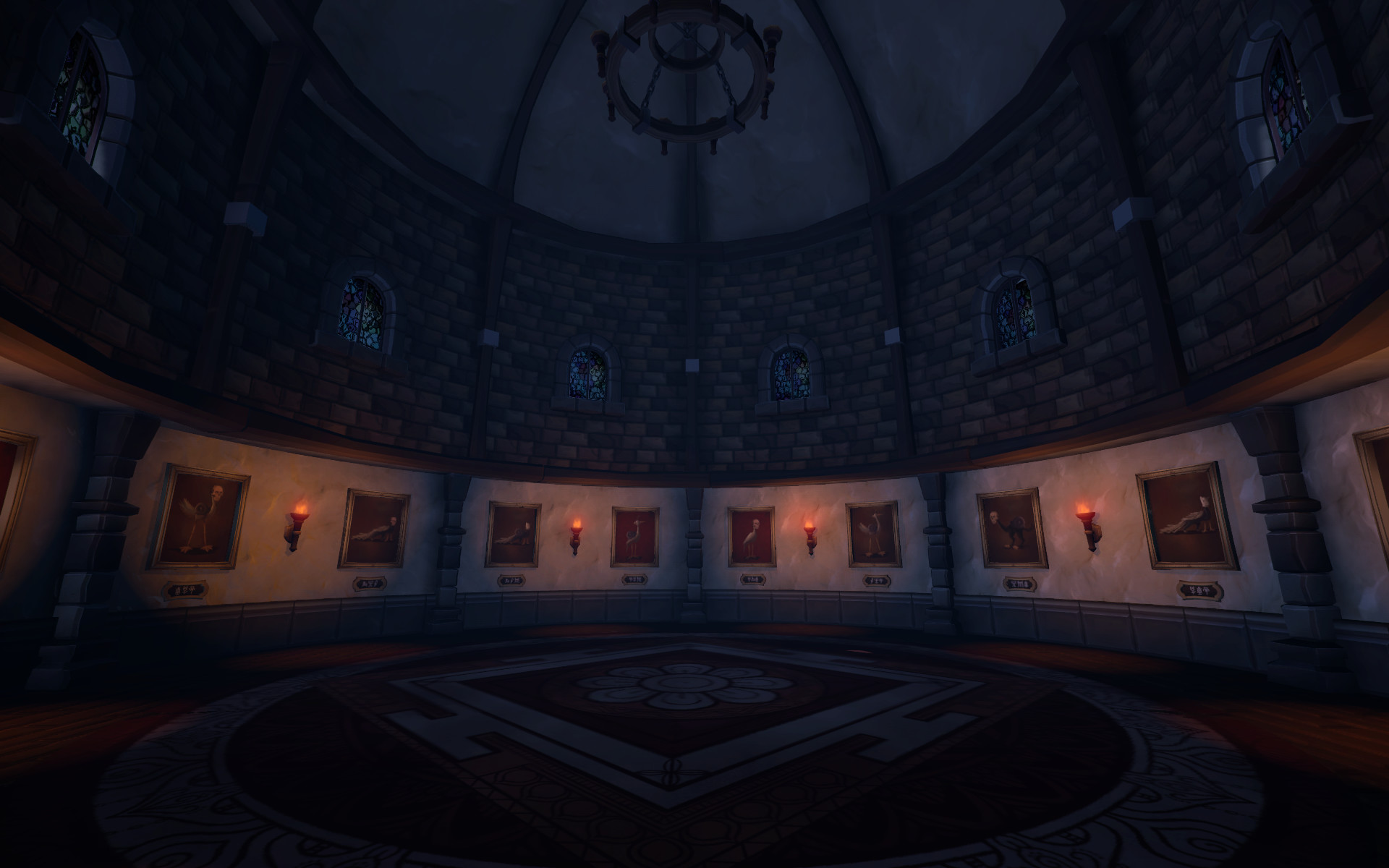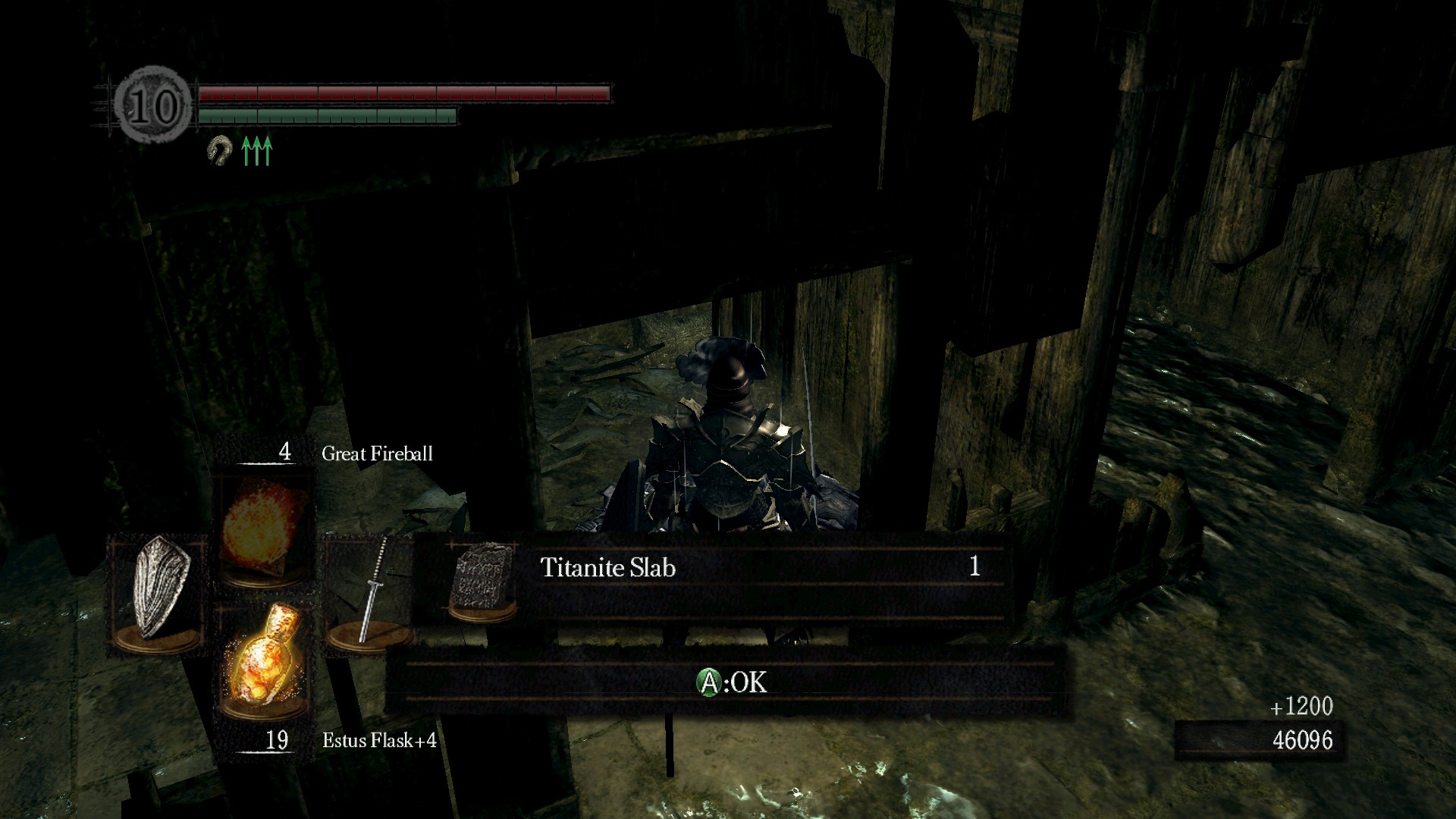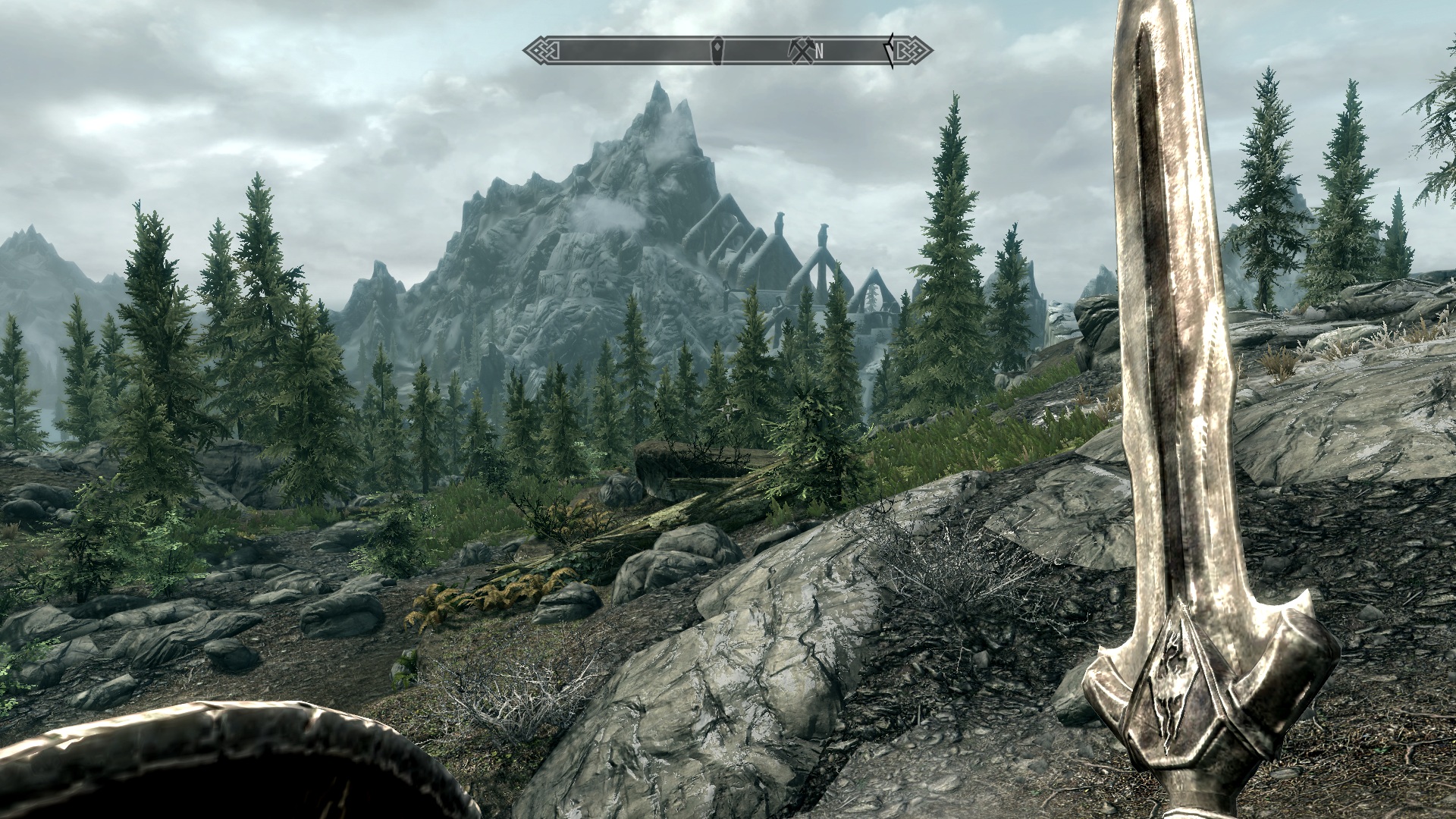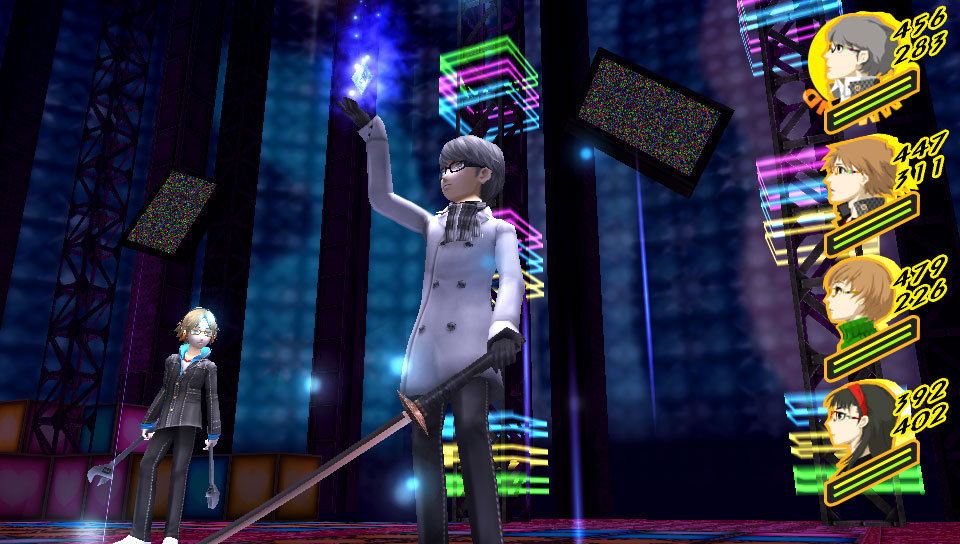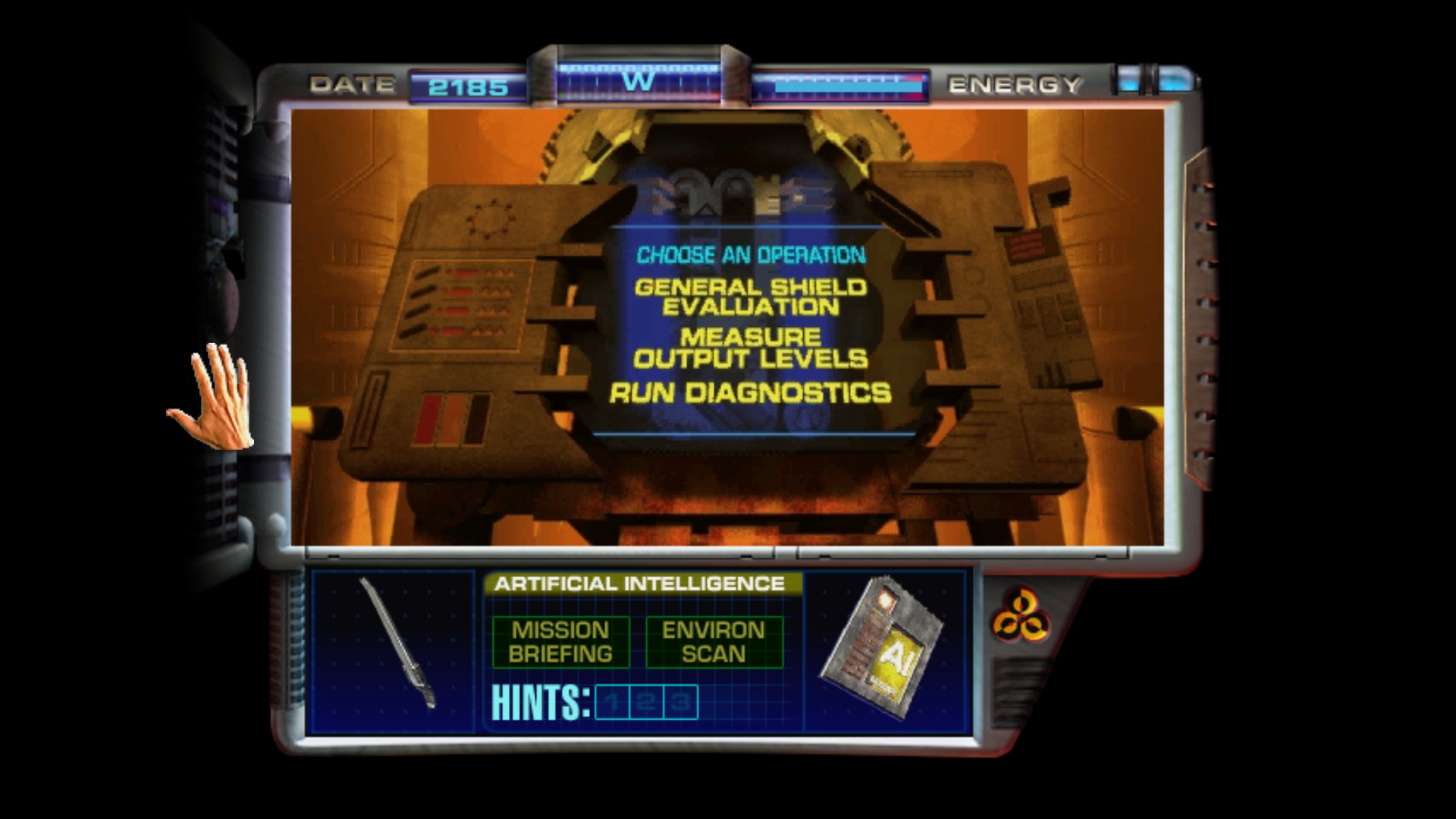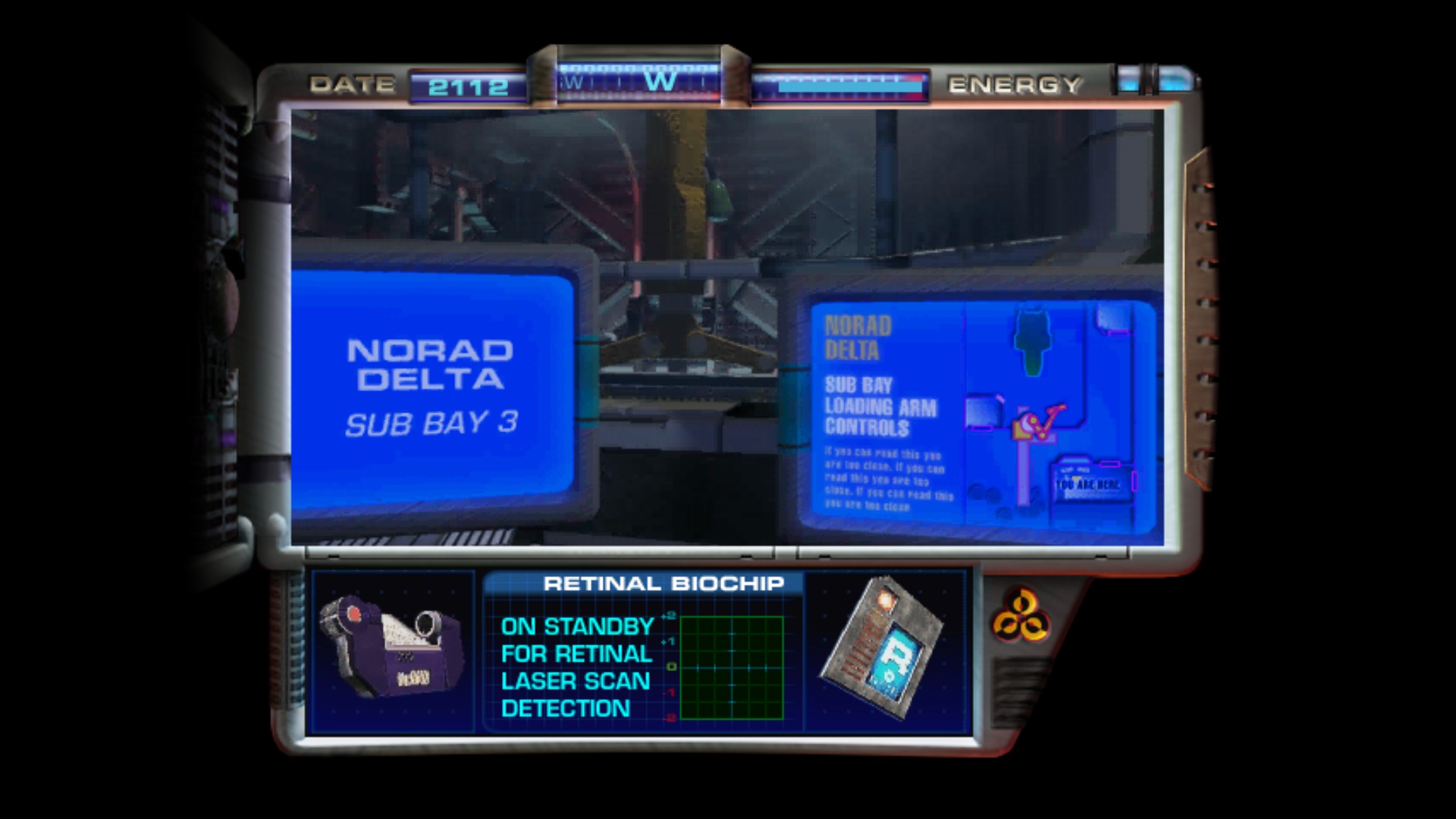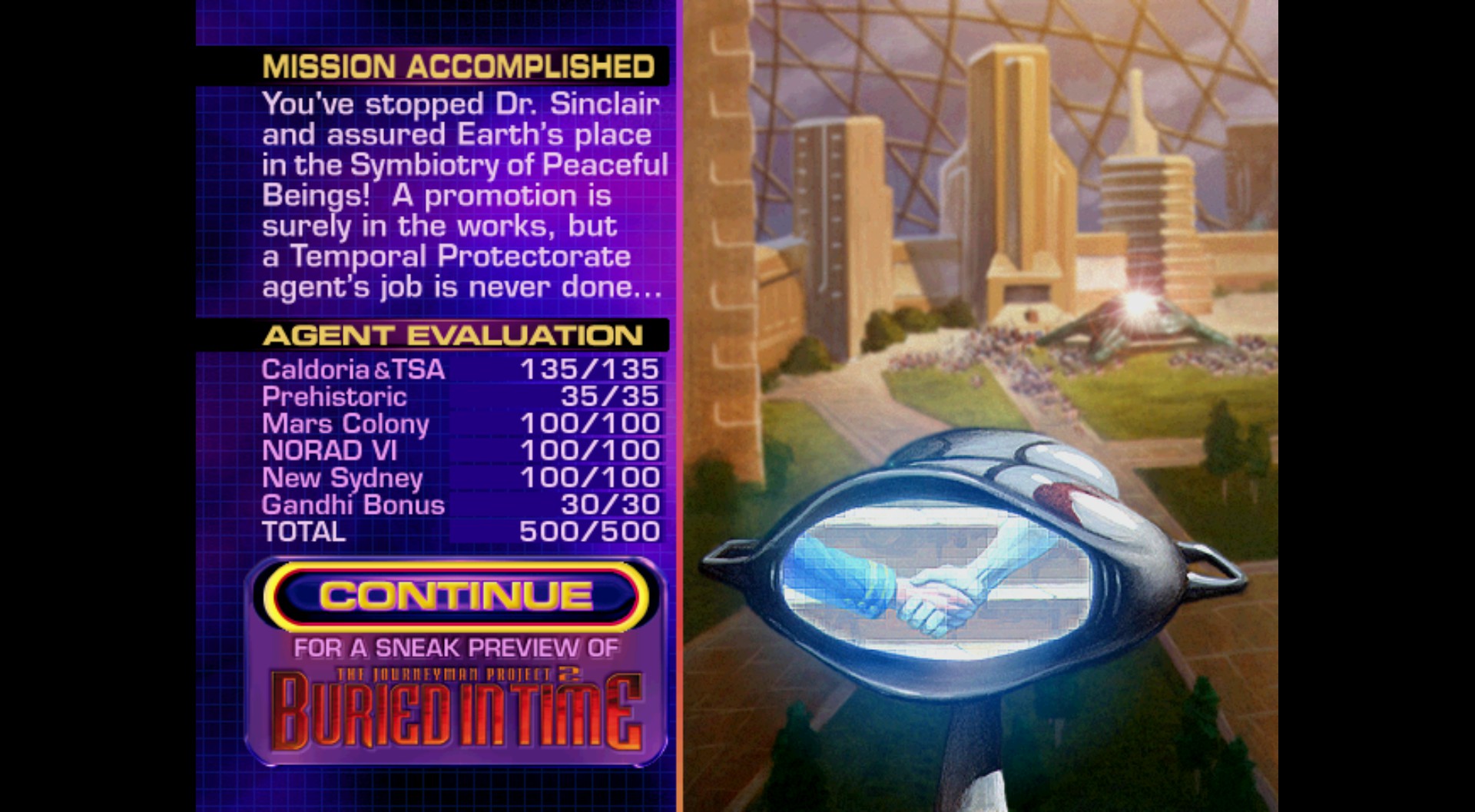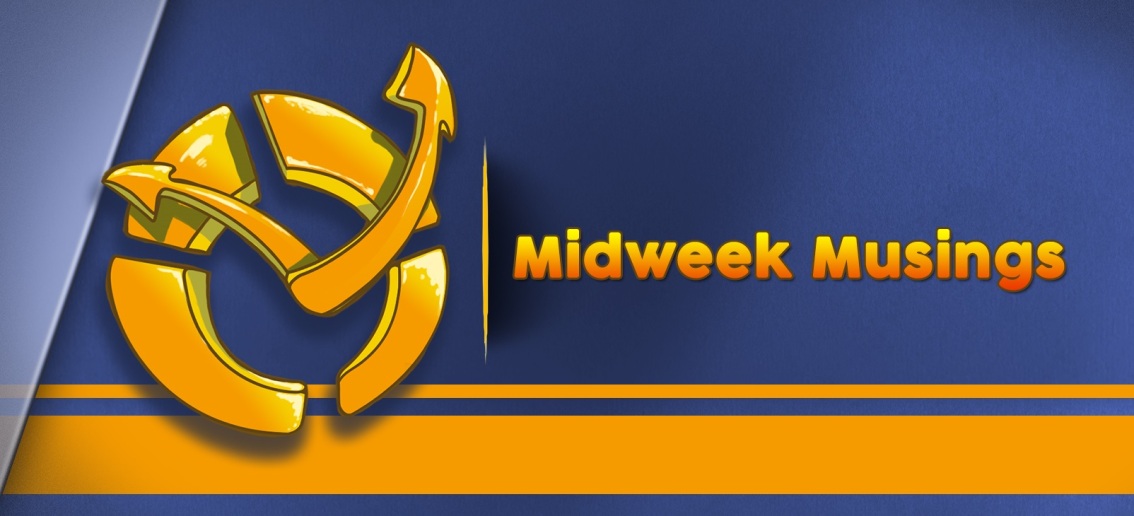For Love of Retro – Discovering RetroAchievements
For Love of Retro revolves around retro gaming, from text adventures to NES-era platformers to early DOOM-esque shooters and everything in between. This week and inspired in part by my recent dabbling in the RetroAchievements community, let’s talk about old favorites and how they’ve been getting a new lease on life – with achievements.
To anyone following this site, it should come as no surprise that I’ve been heavily invested in the achievement hunting “hobby” – perhaps starting a bit late to the party, so to speak (as I’ve never owned the originator of the achievement craze, XBox 360 and its Live service) but still having been around for long enough to have seen its Steam and PSN counterparts bloom into their current forms.

Due to the popularity of these systems (which has even spread across other media and even in real-space in some cases), I was not surprised to find out that, for the last few years, even retro games have been given the achievement treatment – meetRetroAchievements, a community formed around a twin love of retro gaming and achievements with one goal: to give old games achievements and a healthy community built around earning them.
I found the whole process of setting up a RetroAchievements account and the necessary emulation software to be relatively painless – aside from a very brief account creation procedure, all that’s needed is downloading one of the “official” emulators (i.e. modified to be able to track and upload achievement statistics), loading up your game’s backup ROM file, logging into said account on the emulator and… that’s more or less it. Less than 10 minutes in, I was able to earn achievements for all of my favorite old school games (which I already own hard copies of, naturally).

…well, that’s a bit of a lie though. In truth, since the achievement lists are implemented solely by the community themselves, “only” about 1,800 games have support for achievements so far. However, this number is rapidly growing and (even better) anyone with basic computer skills can create their own achievements for all their favorite games (while it requires knowledge of how memory works in emulation, the documentation and tutorials on RetroAchievements are quite instructive).
So, with that lengthy intro, let’s talk a bit about some of the games I’ve tried to complete through RetroAchievements (RA from here on out) – keep in mind that I had chosen a few smaller, “easier” games for testing purposes with the main factors being “having played them as a kid” and “owning a physical copy”, so while interesting to talk about, these aren’t necessary “good” games.
Ain’t Afraid Of No Ghost
For my first foray into the world of retro achievements, I chose a relatively easy one (achievement-wise) – Ghostbusters II for the Gameboy. Having been one of my very first owned games at the tender age of 6, I had fond memories of it, making it an excellent first choice to test RA with. The achievements list for this game is straightforward: there’s currently 16 achievements on RA, all of them associated with completing a specific level or boss fight in the game. So far, so standard – but how would the actual game hold up after around 25 years? Well, about that…
Ghostbusters II is a tie-in (or hype cash-in, if you’re being cynical) of the 1989 movie of the same name. As in the movie, the game follows the titular Ghostbusters in their attempts to foil the movie’s Big Bad, Vigo the Carpathian through three levels representing the movie’s major locations – the courthouse, sewers/metro line and art museum. Each level is further split down into several floors, and concludes in a boss fight (also mostly inspired by the “major” ghosts appearing in the movie).

The game itself is quite simple, gameplay-wise – players choose two out of the four Ghostbusters, controlling the first one (beam) and being followed around by the second one (trap). As expected, each level is full of ghosts that need to be captured, by stunning them with the beam Ghostbuster before trapping them with the second character. Furthermore, levels are timed and can only be completed once all ghosts have been found and trapped.
…and this is where things kind of soured a bit for me. You see, while only being able to directly control the beam character, both beam and trap come with separate health bars (and depleting either leads to the Game Over screen), which means you constantly need to maneuver the beam Ghostbuster in a way that the trap one is also avoiding ghosts – all the while also trying to position both beam and trap in the right angles to stun and capture ghosts and also also trying to save as much time as possible since you’re on a tight time limit. Making things worse, due to the clutter present in most levels, the trapper tends to get stuck – a lot – in ways that often cost you a life point or two.
To add insult to injury, a lot of the levels have a certain trial-and-error aspect: especially in latter levels, ghosts won’t spawn in rooms until you’ve triggered their appearance by capturing other ghosts or visiting specific rooms. Coupled with the timer and labyrinthine layouts, you’ll most likely need to either know where to go or be very fast and lucky in order to avoid the timer running out.

These minor gripes aside, the game is quite decent for an early 90’s release – the trap Ghostbuster has a sort of rudimentary AI routine where he’ll try to face any nearby stunned ghosts to ease the trapping process (though that doesn’t always work consistently), the power-ups are fun to use (with choices between a vacuum that automatically traps ghosts, a pickaxe for breaking down walls and creating impromptu shortcuts between rooms and a kind of… spray gun thing (?) which I suppose is meant to be the slime thrower from the movie, which instantly obliterates ghosts) and the music, while primitive (this is a Gameboy game, after all) has a certain charm to it.
From a nostalgia standpoint though, it seems that I was remembering this game being a lot better than it actually is – to be expected for sure, since 7-year-old me had neither the access nor experience in all those games that came after it, but still a bit funny to consider. I even remember liking the control scheme which, presently, got me killed a good amount of times (especially when ghosts with irregular movement patterns, such as the spinning one-eyed heads, were involved). Not accounting for the nostalgia factor, it was still a fun little distraction but certainly not the awesome game I remembered it as.
Speaking of fun distractions….
Gotta Snap ’em All!
The second game I revisited is also probably one of the oddest in the N64’s library, genre-wise, as well as one of the more unique Pokemon games out there: Pokemon Snap.
Pokemon Snap can be loosely described as a rail shooter – players ride Zero-One, a motorized pod vehicle following a predetermined path through the game’s seven levels (called “courses” in-game) and are tasked with taking photographs of the various Pokemon roaming in each course. Each photograph is graded, depending on variables such as the subject’s position, distance from the camera, pose, as well as unique situational modifiers (for example, a Pokemon using an attack or performing a special animation such as a dance) – this is the main progress mechanic of the game, with higher scores unlocking new courses and abilities for the player to use (and gain better score with).
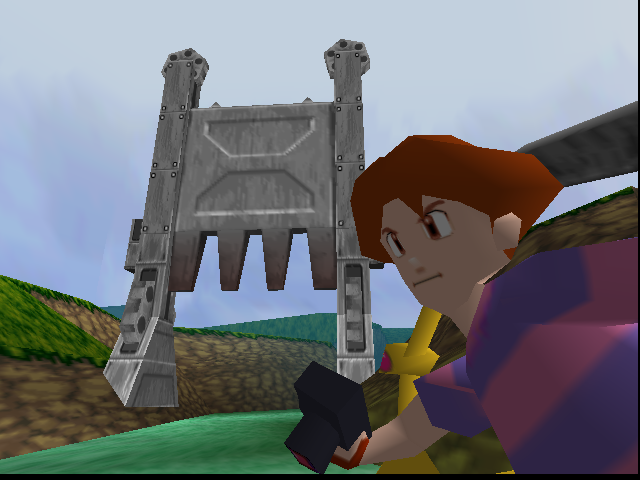
Not having played Pokemon Snap back in its heyday (mostly due to limited availability in my region, even if ours was firmly an N64 household at the time), I was surprised at how short it is – a full playthrough up until the final course, Rainbow Cloud, can easily be done in as little as two hours. However, upon further examination it became clear why this was the case: the designers have opted for replayability rather than sheer content volume.
Pokemon Snap is an excellent argument for the maxim “quality over quantity” – there might only be seven levels but each one is filled to the brim with hidden interactions and bonus content, permitting use of abilities unlocked through the aforementioned score progression system (such as the lure item, which can be used to guide Pokemon to nearby objects they can interact with) to encourage the player to make multiple passes through each.
A great example comes as early as the very first course, Beach, where the player meets one of the franchise’s more iconic monsters – a Pikachu – within the first few seconds. On its own it’s a mostly unremarkable encounter, with the creature simply standing and watching the player pass by – something also reflected in the relatively low score that can be awarded for taking its picture. Come back once you’ve acquired the lure item though, and things change – using the lure to guide the Pikachu towards a nearby surfboard unlocks a hidden interaction (the aptly-named Surfing Pikachu), which multiplies the score of any pictures taken of it significantly.
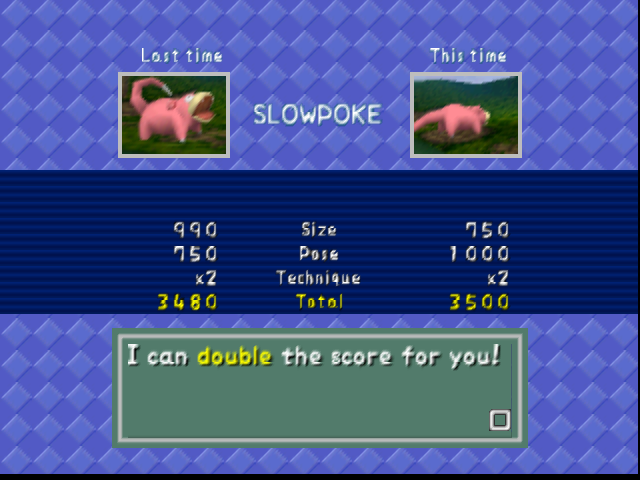
A lot of effort was also quite clearly put into making sure that the game portrays each course’s ecosystem in a fairly believable manner. Rivers are generally full of fish-type Pokemon, arid environments generally house rock and ground types, jungles and forests offer a wide selection of grass, poison and bug types to take pictures of and so on and so forth. This, along with the aforementioned “hidden” interactions (which include interactions between different species of Pokemon) really makes the game’s locale feel “alive”, in a manner of speaking.
This doesn’t mean the game is without its problems, though. As with most early-era fully 3D games, camera controls are something of an issue – while the game has certain mechanics that compensate for it, aiming the camera feels inaccurate a lot of the time — especially when fast movements are required to capture one of the monsters’ brief special animations. Aiming certain items is also a vastly imprecise affair for the same reason, with items often overshooting or undershooting their target due to the precision required (which controls cannot quite accommodate). Adding to that, the camera itself seems to have certain issues with focus and zoom, with photo subjects often appearing closer than they actually are (which affects a picture’s score, with distance-from-camera being one of the variables contributing to its grading).
Despite all of its problems, Pokemon Snap is a quite interesting experience – certainly unique, as it’s one of only a handful of games centered around photography (in fact, I can only think of one more series that uses it as its central theme, the Fatal Frame/Project Zero series where players exorcise ghosts and other paranormal phenomena by taking pictures of them) – as well as a very interesting case study in how to structure worlds and make a little content go a long way with proper focus on replayability.
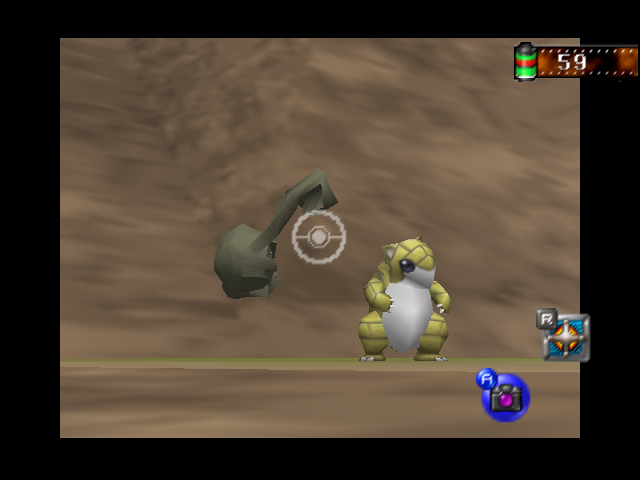
Speaking of which, the game boasts a very decent achievement set on RetroAchievements. While primarily split between unlocking courses/tools and hitting specific score thresholds for each Pokemon species, the achievements are nevertheless quite fun to attempt, exactly because the scoring system itself relies on mastering the game’s many quirks and concepts. Snapping, for example, a picture of a Squirtle worth more than 4,000 points (one of the game’s achievements) requires good knowledge of its pattern through the level, as well as which interactions with your tools will produce the best poses for maximum point gains. Coupled with the use of RetroAchievements’ other feature, score leaderboards, the game quickly gains a ton of replayability as you try to compete for the highest-scoring photo.
Do you have any old childhood favorites you’d like to revisit with the added incentive of achievements? Any retro recommendations you look back on with fondness? Share them in the comments section below!
If you find achievements in retro games interesting, you can check out RetroAchievements.org at this link. Kind reminder: please refrain from discussing how to acquire ROM files illegally.



